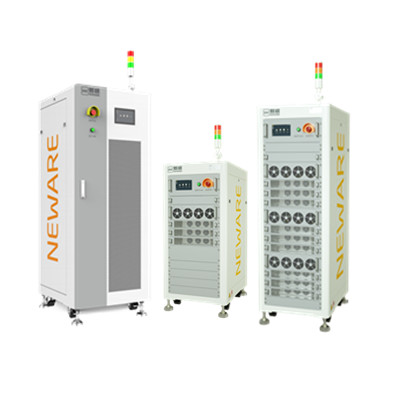From the ever-evolving arena of battery technology, ensuring product performance, reliability, and aspects paramount. Battery test chambers play a vital role in this process, offering manufacturers a controlled environment to simulate various conditions and stressors battery power might encounter during its lifespan.

This comprehensive article delves into the intricacies of battery test chambers, highlighting their importance from the quality assurance process.
Need for Quality Assurance in Battery Manufacturing
Batteries power a massive selection of devices, from smartphones to electric vehicles. Therefore, their consistent performance and safety are non-negotiable. Quality assurance (QA) in battery manufacturing could be the gatekeeper ensuring that every battery released in to the market meets rigorous standards, guaranteeing user safety and optimal device function.
In the potential hazards related to battery malfunction, including fires or explosions, QA is not only about product excellence; it’s about ensuring consumer trust and safety. A sturdy QA process can identify and rectify potential issues, preventing costly recalls and protecting a brand’s reputation.
Components and Features of Battery Test Chambers
Battery test chambers are intricate machines designed to replicate the multifaceted conditions batteries may be exposed to. They incorporate components like humidity and temperature control units, which may simulate varying weather conditions, and electrical load testers to induce charge and discharge cycles.
Additionally, these chambers come equipped with advanced monitoring systems. These systems collect data during tests, providing manufacturers with crucial insights right into a battery’s performance, life cycle, and potential points of failure. This data-driven approach is vital for making informed design and production decisions.
Kinds of Battery Tests Conducted in Chambers
Within a test chamber, batteries undergo various evaluations. One test is the cycle test, which determines what number of charge-discharge cycles a battery can endure before its capacity drops below a specified level. This gauges the longevity of an electric battery under regular use.
Temperatures are another critical testing parameter. Batteries may be exposed to extreme cold or heat on their lifespan. Thus, chambers simulate these conditions to examine the effects of numerous temperatures on battery efficiency, performance, and safety. This helps to ensure that batteries perform optimally in diverse environments.
Advantages of using Battery Test Chambers for Quality Assurance
The precision offered by battery test chambers allows manufacturers to understand their products better. Such chambers facilitate accelerated testing, and thus inside a short span, batteries are put through stresses equal to a long period of actual usage. This assists in predicting long-term performance and reliability.
Moreover, the controlled environment makes sure that external variables don’t skew results. This uniformity and consistency signify results are repeatable and can be compared across different batches or designs, making quality control extremely effective and reliable.
Integration of Test Chambers from the Production Process
Incorporating test chambers from the production line offers an integrated approach to QA. As opposed to testing batteries after full assembly, many manufacturers select interim tests at various production stages. This process supports early detection of defects.
By weaving testing into the fabric of the production process, manufacturers can rectify faults promptly, reducing wastage and making certain only top-quality batteries reach the assembly’s final stages. This integration is both time-efficient and cost-effective, bolstering overall manufacturing efficiency.
More info about Neware constant temperature test chamber take a look at this useful resource
